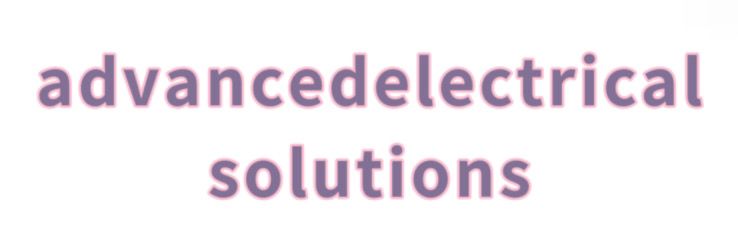How Red Yellow Green Lights Improve Traffic Safety
Understanding Traffic Light System
Red, yellow, and green lights significantly improve traffic safety by providing clear, standardized signals for drivers and pedestrians. These lights facilitate orderly movement, reduce confusion, and minimize the chances of accidents at intersections.
Clear Communication
At the core of traffic safety is the concept of clear communication. The color-coded system of red, yellow, and green offers universally recognized signals that convey specific actions to road users. Red signals drivers to stop, green indicates they can go, and yellow serves as a warning to prepare to stop. This simple yet effective system eliminates ambiguity, making it easier for both drivers and pedestrians to understand their responsibilities on the road.
Reduction of Conflicts
The implementation of traffic lights greatly reduces the potential for conflicts between vehicles and pedestrians. With the use of designated pedestrian signals in conjunction with traffic lights, individuals crossing the street can feel secure knowing when it is safe to do so. This structure not only improves pedestrian safety but also helps prevent collisions between vehicles, as drivers are informed about when to yield and when to proceed.
Time Management
Traffic lights also contribute to better time management on the roads. By controlling the flow of traffic, cities can optimize vehicular movement during peak hours, reducing congestion and lowering the likelihood of impatience-induced accidents. Studies show that, when properly timed, traffic lights can enhance travel efficiency while maintaining safety standards. This aspect is particularly important in urban areas, where traffic volume is high and the potential for accidents is elevated.
Impact on Traffic Behavior
The presence of traffic lights influences driver behavior positively. Knowing that a red light enforces a stop compels drivers to adhere to the rules, resulting in fewer instances of reckless driving and speeding. Moreover, regular exposure to the rhythm of traffic lights encourages a more disciplined driving pattern, where anticipation of signal changes can lead to smoother transitions and fewer abrupt stops.
Technological Advancements
In recent years, advancements in technology have further optimized the function of traffic lights. Smart traffic lights equipped with sensors can adjust their timing based on real-time traffic conditions, allowing for a dynamic response to varying volumes of road users. This capability not only improves efficiency but also enhances safety by reducing the chances of accidents caused by outdated timing schedules.
Conclusion: A Safer Future
In conclusion, the integration of red, yellow, and green traffic lights plays a pivotal role in improving traffic safety. Through clear communication, conflict reduction, time management, and positive behavioral influence, these signals create a safer environment for all road users. As technology continues to evolve, the potential for even greater safety enhancements is on the horizon, promising a future where our roads are not only efficient but also secure for everyone.
For more red yellow green lights, Traffic signal energy-efficient solutions, aspect traffic lightinformation, please contact us. We will provide professional answers.
None

Comments